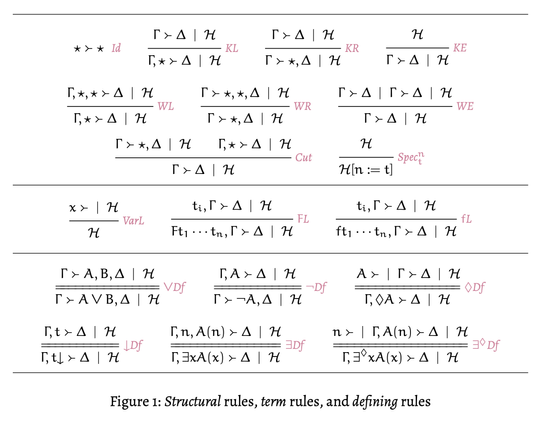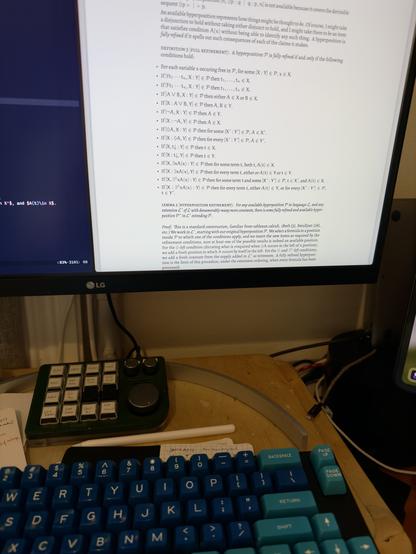@loopspace @tao For me, the most natural approach would be in the context of formal logic. Start with the set of all proofs for a given statement (in a specified formal system, with some axioms given, for example) and then introduce some transformations that transform a proof into an equivalent one. Changing the order of the proof steps is a possible transformation, and the morst trivial one. Then these transformations define an equivalence relation, and voilà!, you have a concept for proof equivalence.
The challenges here are of course (1) to find a definition that is meaningful in the real life of mathematicians, and (2) to prove interesting things with these concepts. One would try to define invariants, for example.
I have done nothing concrete in this direction and do not know whether anyone else has, but maybe there is something.
#Logic #Proofs #ProofTheory




